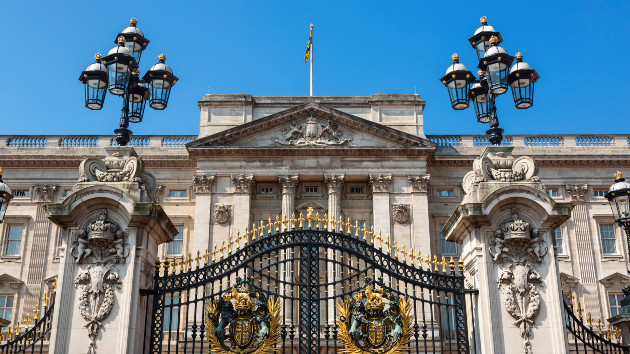(LONDON) — Queen Elizabeth II’s death on Thursday came as a shock to the public.
Planning for what would happen in the days, weeks and months after her death, however, has been years in the making, and started around the time of her coronation 70 years ago.
Immediately upon the queen’s death at Balmoral Castle, a plan known internally among government and royal officials as Operation London Bridge went into effect, detailing the memorializing of the queen and the transition of power to her eldest son Prince Charles, now officially known as King Charles III.
An additional plan known as Operation Unicorn also went into effect Thursday, as the queen died at her castle in Scotland, as opposed to her residences in England.
Operation Unicorn details the process of transporting the queen’s coffin from Scotland to London, where her funeral will take place.
A plan known as Operation Spring Tide, meanwhile, lays out the details of Charles’ accession to the throne.
Here is what to expect with all three plans in effect, detailing — down to the minute — memorial services and the path ahead for the monarchy:
10 days of national mourning
A period of national mourning for Elizabeth began on the day of her death and will last until her funeral, which takes place 10 days after her death.
Described as a “period of time for reflection,” the mourning period will see public services and businesses operating as usual in the U.K., with the option to suspend or pause activities at their own discretion. Flags at royal residences, government buildings and military establishments will fly at half-mast during this time, according to the U.K. government.
Buckingham Palace has also declared a period of royal mourning, which is observed from now until seven days after the queen’s funeral.
During that time, flags will fly at half-mast — except for the Royal Standard — and royal residences will be closed, according to the palace.
Daily remembrances, formalities leading to a state funeral
Operation London Bridge designates the day of the queen’s death as “D-Day,” with each subsequent day known as D-Day+1, D-Day+2, all the way to the day of the queen’s funeral.
On Friday, the first day after the queen’s death, Charles and Camilla, the queen consort, arrived in England under their new titles for the first time, greeting well-wishers outside of Buckingham Palace.
A pre-recorded televised address from Charles, who assumed his title as king immediately upon his mother’s death, will be broadcast across the country at 6 p.m. local time Friday.
Other tributes for the queen on Friday include a national service of thanksgiving at St. Paul’s Cathedral, a gun salute across the U.K. and the tolling of bells across London and in Windsor, where the queen also resided.
On Saturday, the Accession Council — made up of senior government officials, judges and leaders of the Church of England — will meet at St. James’s Palace in London to formally proclaim Charles as king.
After the meeting, which Charles will attend, a proclamation will be read from the palace’s balcony. Later in the day, a second proclamation will be read at the Royal Exchange in London.
On Sunday, proclamations declaring Charles as king will be read in Scotland, Northern Ireland and Wales.
Over the course of the next week, the queen’s body will be transported to England and “ceremonial and commemorative events” will be held, the details of which have not yet been confirmed by Buckingham Palace.
There will be a public procession to carry the queen’s coffin from Buckingham Palace to Westminster Hall, where it will lie in state for around four days to allow the public to pay their last respects.
Members of the royal family will walk with the coffin in the procession, which will also include a military parade.
In addition to attending memorials for his mother in London, Charles is also expected to travel across the U.K. next week to meet with members of the public and local leaders.
The queen’s funeral is expected to take place at Westminster Abbey, making the queen the first sovereign to have a funeral there since 1760.
Westminster Abbey normally holds 2,200 congregants, but extra seating can be arranged to accommodate more than 8,000 people, as it did at the queen’s coronation.
Following the funeral, members of the royal family will attend the queen’s burial at St. George’s Chapel, on the grounds of Windsor Castle.
The queen will be buried next to her father King George VI, her sister Princess Margaret, and Prince Philip, her beloved late-husband of 73 years.
Charles’ coronation ceremony
Though he is already king, Charles’ coronation — the ceremony during which he is formally crowned — is likely to take place several months from now.
The queen’s coronation, for example, took place on June 2, 1953, 14 months after she ascended the throne upon her father’s death.
Charles is expected to be crowned at Westminster Abbey, where each coronation has taken place for the last 900 years, according to the royal family’s website.
The elaborate ceremony will be broadcast to the world and will see Charles take the coronation oath and have the St. Edward’s Crown placed on his head by the archbishop of Canterbury.
As queen consort, Camilla is expected to be crowned at the same time as her husband.
Copyright © 2022, ABC Audio. All rights reserved.












